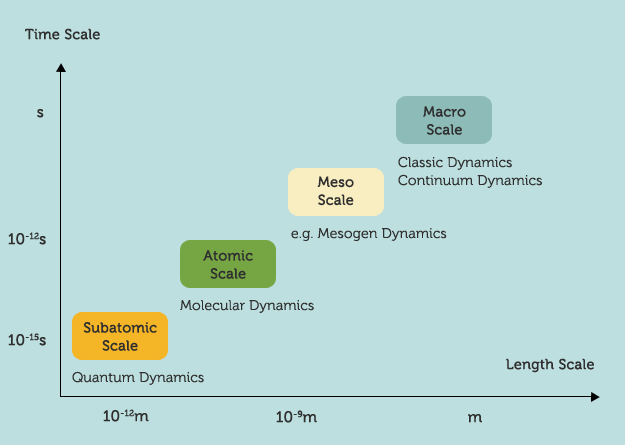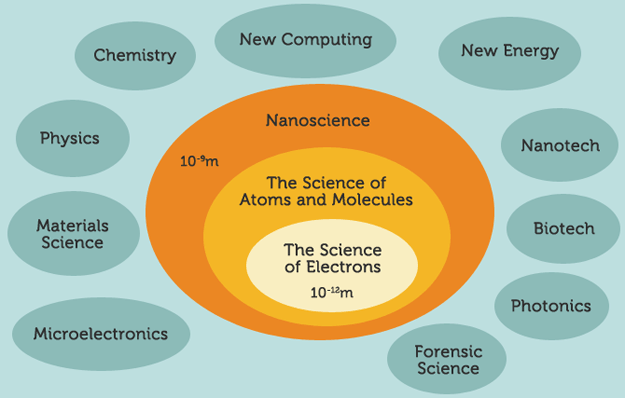What Is Molecular Workbench
The Molecular Workbench (MW) software:
- Is a modeling tool for designing and conducting computational experiments across science.
- Provides an authoring system for instructional designers to create
and publish model and simulation-based curriculum materials. - Delivers an interactive learning environment that supports
science inquiry. - Is free and open-source.
MW covers a range of topics, including:
- Gas Laws
- Fluid Mechanics
- Properties of Materials
- States of Matter
- Phase Change
- Heat Transfer
- Chemical Bonding
- Chemical Reactions
- Structure-Function Relationships
- The Genetic Code
- Protein Synthesis
- Light-Matter Interactions
- Electron-Matter Interactions
- Quantum Phenomena
Although MW already offers a lot of existing materials, you can customize or create your own simulations and curricula. Your simulations can be run as applets embedded in your own blog, wiki, or web pages.
Computational Experiments for Multiple Scales
The power of MW lies in a set of underlying computational engines that support experimentation at multiple scales and across disciplines. These engines are organized in the following image:

A multiscale perspective of various types of MW simulations
As experimentation is a core part of scientific inquiry, we prefer to call our interactive simulations "computational experiments." However, since "simulation" and "model" are more widely used, we will also use them interchangably with "computational experiment."
An Integrating Perspective of Science
MW's capacity in simulating nanoscale phenomena makes it a potentially useful tool for teaching nanoscience and nanotechnology, which are strategically important as many scientific disciplines are being unified under the framework of nanoscience.

The convergence of scientific disciplines to nanoscience
A Cyberlearning Environment
An important, unique characteristic feature of MW is that it puts a simulation in a learning context. It supports the rendering and authoring of learning activities, which are typically sequences of scaffolded learning steps that employ models and simulations to teach. A learning activity can be as simple as a demonstration that shows a single concept, or as full-fledged as a digital textbook that provides the entire learning media for a topic, or something inbetween. The authoring system of MW can be used to create all these different levels of classroom-ready learning activities that have customized user interfaces for different students. This authoring system has been used to produce many existing activities, available through the browser-like delivery system of MW.
MW has more features designed to support learning and teaching. It allows teachers to create new activities and/or modify existing ones. It supports embedded assessments in learning activities. It can monitor how students arelearning with models and simulations. It can be used to collect student data and provide feedback to teachers. All these functionalities, as well as the simulation and authoring capacities, are seamlessly integrated in a single system with simple, intuitive graphical user interfaces. All these things put together, the download size of the software is as little as 1.6 MB.
Credit
The Molecular Workbench software (code) is architected, developed, and maintained by Dr. Charles Xie, a computational physicist and an educational technologist who has worked at the Concord Consortium since 2000. The existing curriculum materials were jointly created by Dr. Charles Xie, Dan Damelin, Dr. Robert Tinker, Dr. Barbara Tinker, Dr. Frieda Reichsman, Amy Pallant, Dr. Boris Berenfeld, Eric Rosenbaum, and Dr. Paul Horwitz. The DNA transcription animation was contributed by Dr. Dmitry Markman. The molecular viewer for the 2D and 3D molecular dynamics simulators and the Molecular Rover was modified from Jmol, which was developed by the Jmol Development Team led by Dr. Bob Hanson. The development of the software and the curriculum materials was generously funded by the US National Science Foundation.